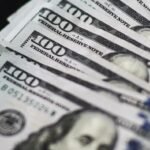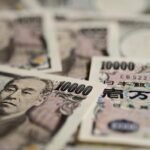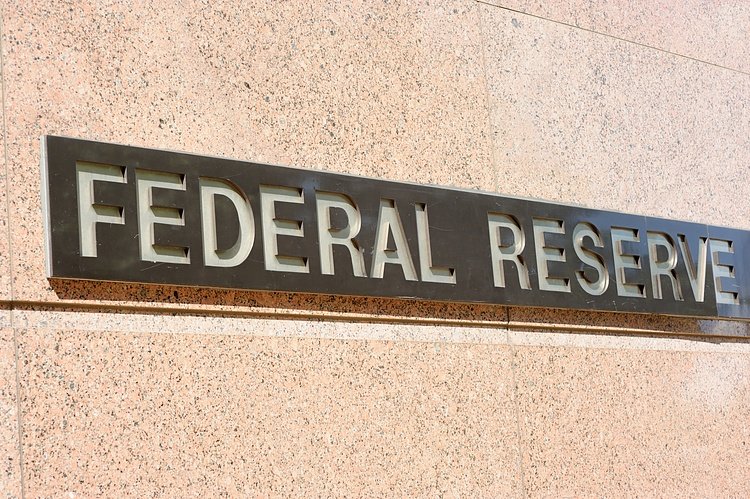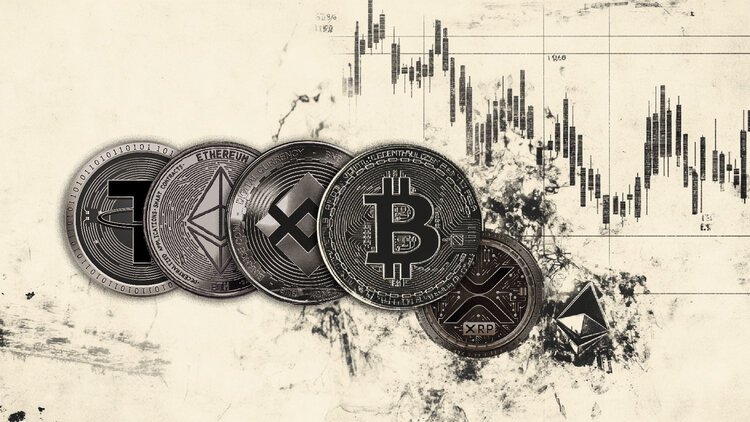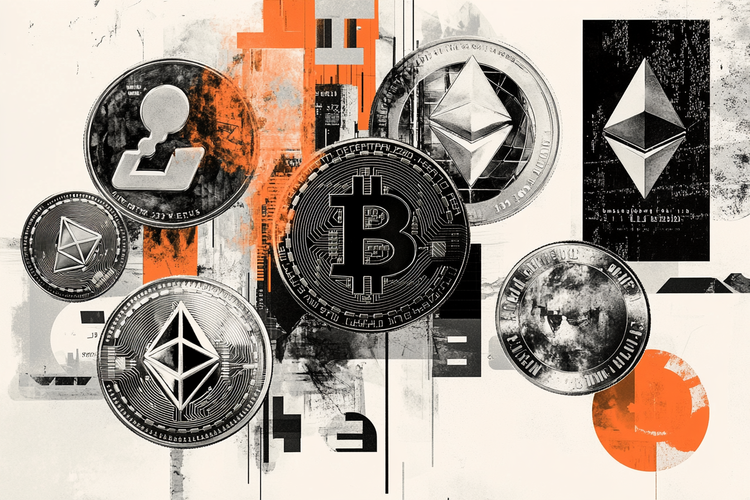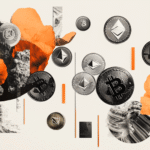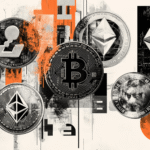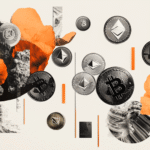The Federal Reserve (Fed) Bank of Richmond President Thomas Barkin said on Friday that disinflation is likely to continue, but speed of that remains unclear.
Key quotes
“Hard to reconcile current breadth of inflation with the progress the Fed needs to see for rate cuts.”
“Disinflation is likely to continue, but speed of that remains unclear.”
“Open to rate cuts once it is clear progress on inflation will be sustained and apply more broadly in the economy.”
“Businesses acknowledge less pricing power than before but are still finding strategies that may keep inflation too high.”
“I think it is smart for the Fed to take our time.”
“Fed officials are looking at the same data but it is easy to draw different conclusions.”
“Tight Fed policy will eventually slow the economy further that doesn’t mean painful job losses in a ‘less vulnerable’ economy.”
“Optimistic keeping rates ‘somewhat restrictive’ can return inflation to target.”
Market reaction
The US Dollar Index (DXY) is trading unchanged on the day at 104.22, as of writing.
Fed FAQs
Monetary policy in the US is shaped by the Federal Reserve (Fed). The Fed has two mandates: to achieve price stability and foster full employment. Its primary tool to achieve these goals is by adjusting interest rates. When prices are rising too quickly and inflation is above the Fed’s 2% target, it raises interest rates, increasing borrowing costs throughout the economy. This results in a stronger US Dollar (USD) as it makes the US a more attractive place for international investors to park their money. When inflation falls below 2% or the Unemployment Rate is too high, the Fed may lower interest rates to encourage borrowing, which weighs on the Greenback.
The Federal Reserve (Fed) holds eight policy meetings a year, where the Federal Open Market Committee (FOMC) assesses economic conditions and makes monetary policy decisions. The FOMC is attended by twelve Fed officials – the seven members of the Board of Governors, the president of the Federal Reserve Bank of New York, and four of the remaining eleven regional Reserve Bank presidents, who serve one-year terms on a rotating basis.
In extreme situations, the Federal Reserve may resort to a policy named Quantitative Easing (QE). QE is the process by which the Fed substantially increases the flow of credit in a stuck financial system. It is a non-standard policy measure used during crises or when inflation is extremely low. It was the Fed’s weapon of choice during the Great Financial Crisis in 2008. It involves the Fed printing more Dollars and using them to buy high grade bonds from financial institutions. QE usually weakens the US Dollar.
Quantitative tightening (QT) is the reverse process of QE, whereby the Federal Reserve stops buying bonds from financial institutions and does not reinvest the principal from the bonds it holds maturing, to purchase new bonds. It is usually positive for the value of the US Dollar.
